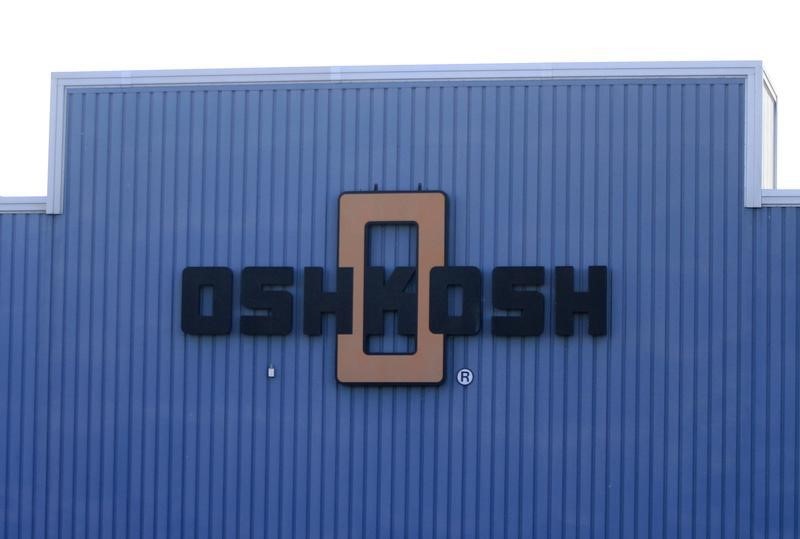Intel stock spikes after report of possible US government stake
Investing.com -- Goldman Sachs has upgraded Oshkosh Corp. (NYSE:OSK) shares to Buy from Neutral, citing a more favorable supply outlook in the Machinery sector, better visibility on tariff-related risks, and a turnaround in Transportation segment margins.
Oshkosh shares rose around 1% in premarket trading Tuesday.
The Wall Street bank also raised its 12-month price target from $124 to $131, implying a 16% upside from the current share price. The new price objective is based on a higher multiple of 14.5x, up to 13.8x prior, "to reflect improving Machinery supply outlook," analysts led by Jerry Revich said in a Sunday note.
“We upgrade OSK to Buy from Neutral as (i) construction equipment capital stock… is declining, (ii) consensus estimates now embed tariff risks, and (iii) we expect improving Transportation (Defense) margins driven by completed contract renewals," analysts wrote.
They note that used construction inventories are now falling year-over-year for the first time since late 2022, and new equipment destocking is more than halfway complete.
Access Equipment sales are projected to decline 23% year-over-year in 2025, which compares to prior peak-to-trough cycles of -38% in 2019–2020, -14% in 2013–2016, and -63% in 2009.
Tariff impacts are another key consideration. Goldman estimates that recently announced tariffs pose a $1.00 EPS headwind for the stock, though the company expects to offset roughly half of that through cost actions.
“We believe tariff risks are largely embedded in current estimates,” the analysts said, with a more constructive company tone suggesting potential for relief ahead.
Finally, the Transportation segment, primarily focused on defense, is expected to benefit from new, higher-margin contracts and a production ramp on the U.S. Postal Service’s next-generation vehicle contract.
Goldman raised its margin forecasts for the segment, from 5.0% in 2026 and 2027 to 5.8% and 8.3%, respectively.
The bank also lifted mid-cycle earnings per share (EPS) estimates by 6% on average for 2026 and 2027 to reflect the margin improvement.
Potential downside risks flagged by Goldman analysts include macroeconomic slowdown, contract uncertainty, and production delays on key government programs.
